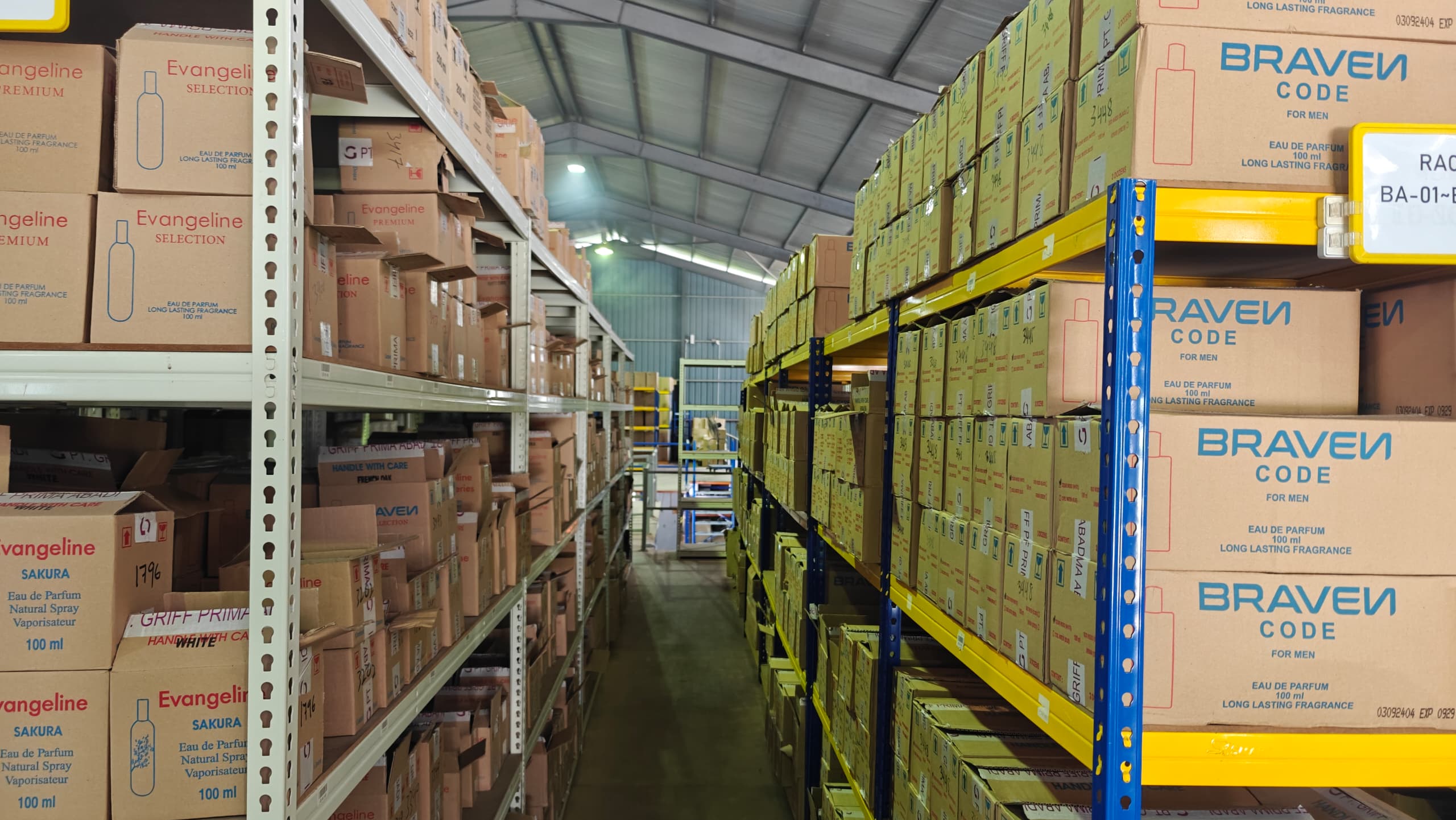Challenges & Considerations of Keeping Operations In-House
Managing operations in-house has both advantages and disadvantages. Below is a breakdown of the pros and cons to help evaluate whether keeping operations internal is the right choice for a business.
✅ Pros of Keeping Operations In-House
- Greater Control & Oversight
- Businesses have full control over processes, quality, and decision-making.
- Easier to monitor operations, ensure compliance, and make adjustments when needed.
- Improved Quality Assurance
- Internal teams are aligned with company goals and standards.
- Allows for consistent training and implementation of best practices.
- Faster Communication & Decision-Making
- Direct communication with teams reduces delays compared to outsourcing.
- No dependency on third-party providers for urgent requests.
- Enhanced Security & Confidentiality
- Sensitive business information is kept internal, reducing data breaches and leaks.
- More control over cybersecurity, compliance, and proprietary data protection.
- Flexibility & Customization
- In-house teams can adapt quickly to changes in business strategy.
- Custom solutions can be tailored to specific company needs instead of relying on external vendors.
- Long-Term Cost Savings (For Large Businesses)
- While initial investment is high, long-term costs may be lower than outsourcing recurring expenses.
- More predictable costs without dependency on external providers’ pricing changes.
❌ Cons of Keeping Operations In-House
- Higher Costs & Investment
- Significant Upfront Investment – Establishing in-house operations requires substantial spending on infrastructure, technology, and hiring skilled labor.
- Ongoing Operational Expenses – Recurring costs such as salaries, employee benefits, equipment maintenance, and system upgrades can add financial strain.
- Budget Constraints – Allocating capital to internal operations may limit investment in growth areas like marketing, research, and business expansion.
- Cost Efficiency of Outsourcing – External providers often spread costs across multiple clients, making it more cost-effective than maintaining in-house operations.
- Resource & Expertise Limitations
- Limited Specialized Expertise – In-house teams may not have the same level of expertise as specialized third-party providers, potentially leading to inefficiencies.
- Ongoing Training & Hiring – To stay competitive, continuous staff training and recruitment are necessary, which can be time-consuming and costly.
- Challenges in Staff Management – Finding and retaining the right talent is crucial, requiring strong HR strategies and leadership.
- KPI Structure & Performance Monitoring – Establishing clear Key Performance Indicators (KPIs) ensures accountability and efficiency, but designing and implementing an effective structure can be complex.
- Difficulty in Scaling Operations
- High Costs & Resource Demands – Scaling up internally requires hiring more staff, expanding infrastructure, and investing in additional resources, leading to higher operational costs.
- Longer Implementation Time – Unlike outsourcing, in-house expansion takes time due to recruitment, training, and setup processes.
- Limited Flexibility – Rapid growth may strain existing resources, making it difficult to adapt quickly to market demands.
- Outsourcing Advantage – External providers can scale more efficiently by leveraging existing systems, workforce, and expertise without the need for heavy upfront investment.
- Management & Administrative Burden
- Increased Workload – Managing HR, payroll, training, and compliance internally adds significant administrative responsibilities, diverting focus from core business activities.
- Need for Experienced Leadership – Effective operations require skilled managers who can oversee processes efficiently, which can be challenging to recruit and retain.
- Time-Consuming Processes – Administrative tasks such as employee management, performance tracking, and policy enforcement can slow down decision-making and productivity.
- Higher Operational Costs – Managing everything in-house often requires additional resources, software, and personnel, increasing overhead expenses.
- Slower Innovation & Technology Upgrades
- Keeping up with rapid industry advancements requires continuous investment.
- Third-party providers often have access to newer technologies at lower costs.
- Increased Risk & Responsibility
- The company bears full liability for operational failures, security breaches, and compliance issues.
- No external support in case of failures, requiring contingency planning.
📊 Summary: In-House vs. Outsourcing
|
Factor |
In-House |
Outsourcing |
|---|---|---|
|
Control |
High |
Limited |
|
Costs |
High (initial investment) |
Lower upfront, but recurring expenses |
|
Scalability |
Slow & costly |
Fast & flexible |
|
Expertise |
Limited to internal skills Additional cost for hiring supervisor |
Access to specialized knowledge |
|
Security & Confidentiality |
High |
Depends on third-party compliance |
|
Innovation & Upgrades |
Requires continuous investment |
Access to latest technology |
|
Administrative Burden |
High (HR, compliance, payroll) |
Lower |
|
People Management |
Spending more time managing people and warehouse operations. |
Having extra time to focus on marketing, product improvement, and sourcing can significantly enhance business growth and competitiveness. |




Hi, this is a comment.
To get started with moderating, editing, and deleting comments, please visit the Comments screen in the dashboard.
Commenter avatars come from Gravatar.